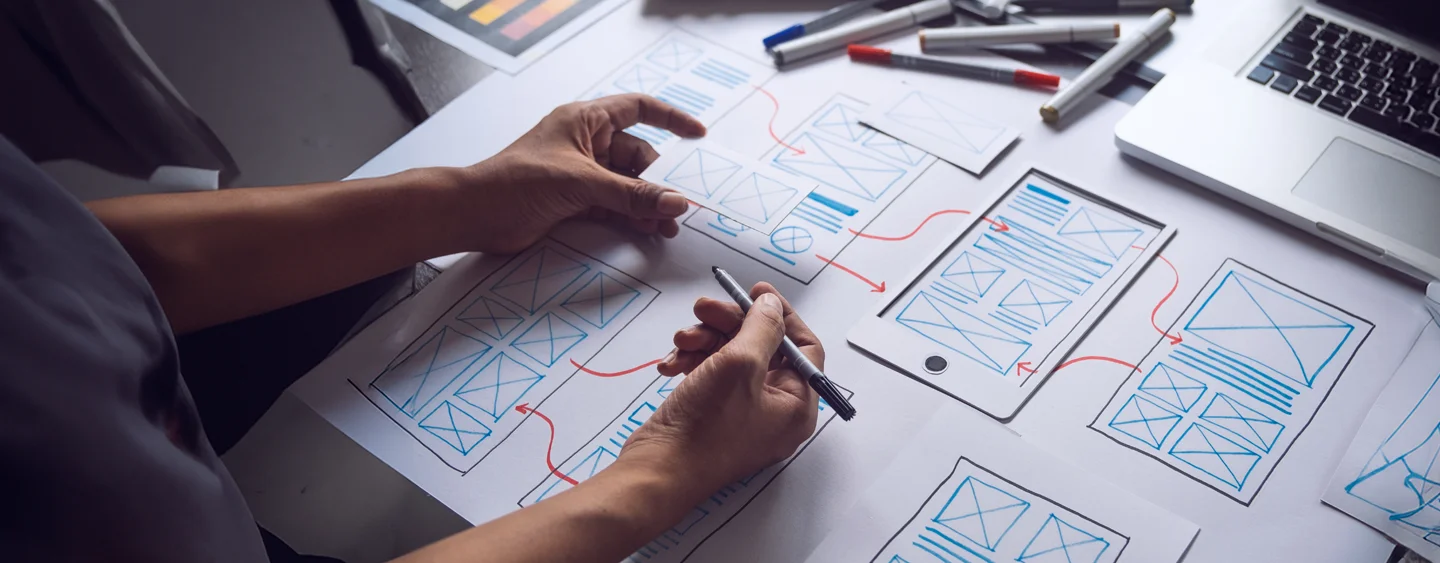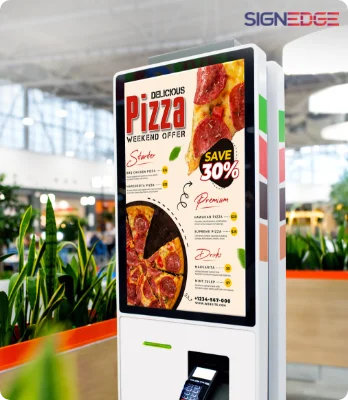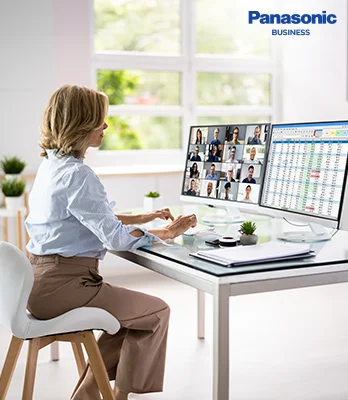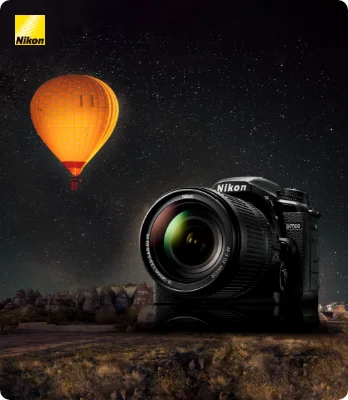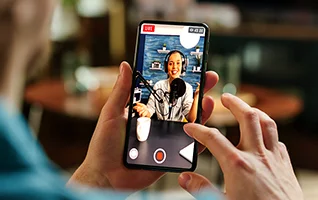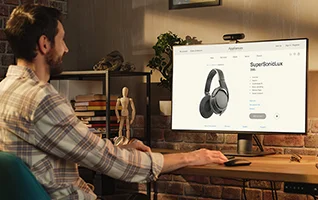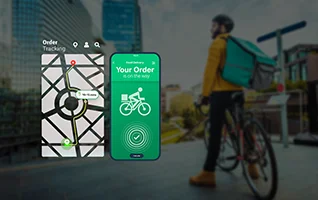Our commitment to technological advancement propels startups and enterprises worldwide, accelerating their MVP development with precision, speed, and adaptability for breakthrough market entry.
Prototyping Excellence
Harness the power of rapid prototyping and MVP development, tailored to navigate your business through today’s competitive landscape and validate your ideas with efficiency.

Rapid Prototyping Services
Speed and function unite to swiftly transform your concepts into viable prototypes, confirming market readiness.

MVP Strategy and Development
Employ minimal, impactful features to validate your idea, collect feedback, and evolve your product for launch.

Technical Roadmapping
Chart a clear path for your project with strategic planning and technology mapping, ensuring a smooth transition from MVP to full-scale product.

Launch Blueprint
Confidently break into the market with our strategic planning, ensuring impactful launches and penetration.
Prototyping & MVP Tech Tools
Our digital expertise is anchored in a dynamic tech stack where MVPs and prototyping drive innovation. These advanced tools power every service we offer, ensuring top-tier digital solutions.
With strategic MVP development and prototyping, we ensure your innovations not only enter the market but also set new standards, turning challenges into opportunities for growth and leadership.

Innovative Prototyping
Speeding through innovation, our prototyping techniques validate your ideas and prepare them for real-world challenges.

Strategic MVP Testing
Through strategic MVP testing, we identify your product's core value, optimizing it for a successful market introduction.

Technology Integration
Our forefront technology integration in MVPs positions your product ahead, ready for growth and scalability.

Team Dynamics
Our approach to MVP development thrives on collaborative synergy, combining diverse skills for a product that resonates with users and stands out in the market.
Our
Case Studies
Powering Industries through Tech Transformations
FAQs - Prototyping and MVP development
Prototyping is an essential stage in product development where a preliminary version of a product is constructed to evaluate its design, functionality, and usability. It allows teams to explore ideas and concepts without the cost and time associated with full-scale production, providing an opportunity to make improvements based on tangible feedback.
Prototyping accelerates the feedback loop, allowing businesses to identify potential issues and user needs early on. This proactive approach helps prevent costly changes and redesigns later in the development cycle, ensuring a better-aligned final product with market demands.
Demonstrating a functional MVP can effectively communicate the potential of a product to investors. It serves as proof of concept, showing that the product idea is feasible and has real-world application, which can be crucial in securing investment.
Consider an MVP if you're entering a competitive market or if your product concept is untested. An MVP will allow you to learn about user preferences and market viability without the extensive cost and time investment of developing a full-featured product.
User feedback is critical for refining the MVP. It's typically collected through direct user testing, surveys, usage data analysis, and interviews. This feedback is then used to prioritize and implement changes that align the product more closely with user expectations.
An MVP is a basic version of a product that includes only the essential features needed to meet the needs of early adopters and validate a product concept in the real market. The goal of an MVP is to test, learn, and iterate based on user feedback with minimal resources.
The choice of technology depends on the project's specific needs. Common tools include HTML/CSS/JavaScript for web prototypes, Swift for iOS apps, Kotlin for Android apps, and platforms like Adobe XD and Sketch for UI/UX design.
Development time varies widely depending on the complexity and scope of the product. A simple MVP might take a few weeks, while more complex projects could require several months to achieve the right balance of features and usability.
Services typically include initial planning, UX/UI design, essential feature development, basic user testing, and feedback implementation. The focus is on creating a functional product that can be used to gather user insights and refine future development.
Post-launch, the focus shifts to monitoring performance, analyzing user engagement, and iterating the product based on user feedback. Continuous improvements are made to enhance functionality, fix bugs, and possibly scale the solution to meet growing user demand or to enter new markets.
Next Level Tech,
Engineered at the Speed of Now!
Are you in?
Let Neuronimbus chart your course to a higher growth trajectory. Drop us a line, we'll get the conversation started.
